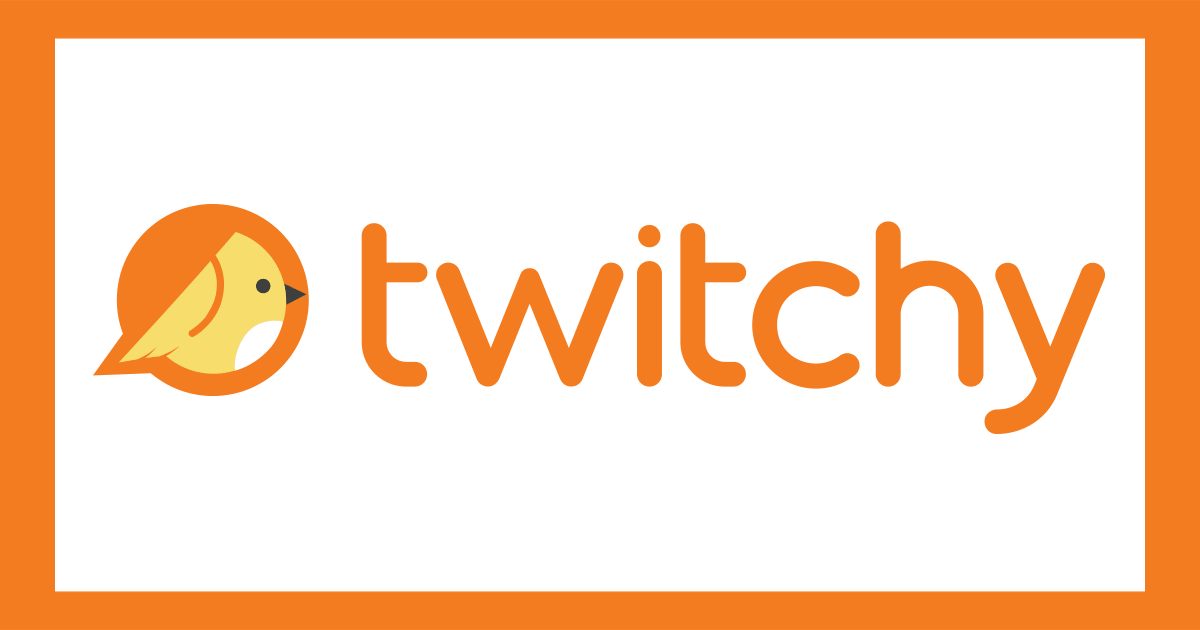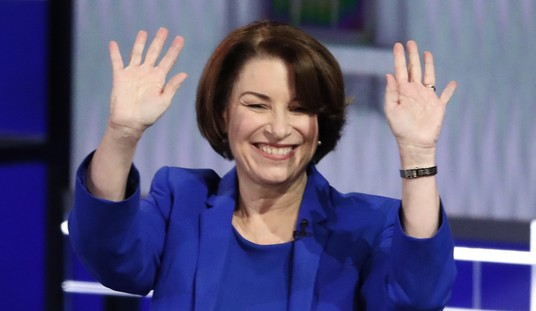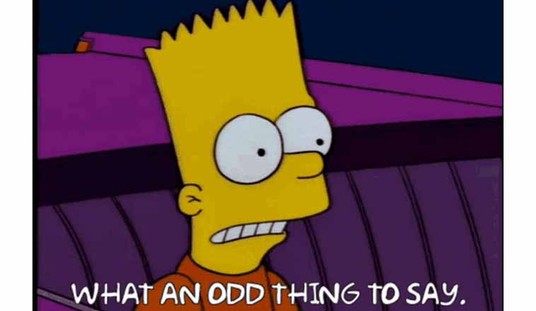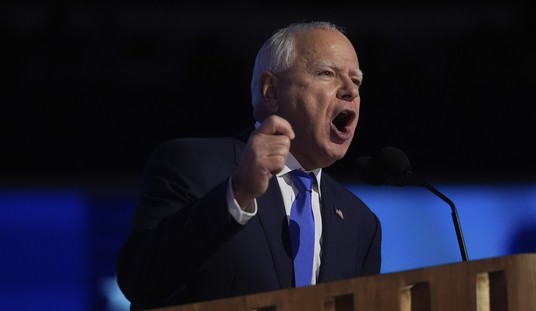You know when Brit Hume says a thread is ‘very important’ it is indeed very important.
Very important thread. https://t.co/tka71bHZB8
— Brit Hume (@brithume) June 27, 2020
Let’s hope local and state governments will take a moment and read what The American Academy of Pediatrics thinks about kids going back to school in the fall:
The American Academy of Pediatric *finally* weighs in on schools.
"the AAP strongly advocates that all policy considerations for the coming school year should start with a goal of having students physically present in school."https://t.co/1OBafu00MP
— Phil Kerpen (@kerpen) June 27, 2020
Strongly advocates that all policy considerations for the upcoming school year should start with a goal of having students physically present.
Bingo.
Keep going:
"Lengthy time away from school and associated interruption of supportive services often results in social isolation, making it difficult for schools to identify and address important learning deficits as well…
— Phil Kerpen (@kerpen) June 27, 2020
…as child and adolescent physical or sexual abuse, substance use, depression, and suicidal ideation. This, in turn, places children and adolescents at considerable risk of morbidity and, in some cases, mortality."
— Phil Kerpen (@kerpen) June 27, 2020
Yikes.
AAP: It's not the flu!!!
"SARS-CoV-2 appears to behave differently in children and adolescents than other common respiratory viruses, such as influenza, on which much of the current guidance regarding school closures is based."
— Phil Kerpen (@kerpen) June 27, 2020
What they said.
"Although children and adolescents play a major role in amplifying influenza outbreaks, to date, this does not appear to be the case with SARS-CoV-2."
— Phil Kerpen (@kerpen) June 27, 2020
Recommended
So why did we cancel schools?
It’s all so frustrating.
"Although many questions remain, the preponderance of evidence indicates that children and adolescents are less likely to be symptomatic and less likely to have severe disease resulting from SARS-CoV-2 infection."
— Phil Kerpen (@kerpen) June 27, 2020
"In addition, children may be less likely to become infected and to spread infection. Policies to mitigate the spread of COVID-19 within schools must be balanced with the known harms to children, adolescents, families, and the community by keeping children at home."
— Phil Kerpen (@kerpen) June 27, 2020
Ding ding ding.
"Evidence suggests that spacing as close as 3 feet may approach the benefits of 6 feet of space… Schools should weigh the benefits of strict adherence to a 6-feet spacing rule between students with the potential downside if remote learning is the only alternative."
— Phil Kerpen (@kerpen) June 27, 2020
This. ^
"Strict adherence to a specific size of student groups (eg, 10 per classroom, 15 per classroom, etc) should be discouraged in favor of other risk mitigation strategies."
— Phil Kerpen (@kerpen) June 27, 2020
"When developing policy regarding the use of cloth face coverings by students or school staff, school districts and health advisors should consider whether the use of cloth face coverings is developmentally appropriate and feasible and whether the policy can be instituted safely"
— Phil Kerpen (@kerpen) June 27, 2020
Masks suck.
Sorry, that’s just this editor’s opinion.
Back to the thread.
… schools may choose to not require their use when physical distancing measures can be effectively implemented."
— Phil Kerpen (@kerpen) June 27, 2020
"School staff and older students (middle or high school) may be able to wear cloth face coverings safely and consistently and should be encouraged to do so."
— Phil Kerpen (@kerpen) June 27, 2020
Overall the AAP school recommendations are vastly superior to the CDC guidelines. All school administrators should make this document their starting point.
— Phil Kerpen (@kerpen) June 27, 2020
Open schools!
***
Related:

























Join the conversation as a VIP Member